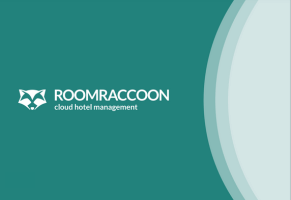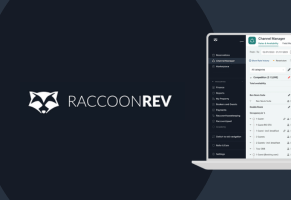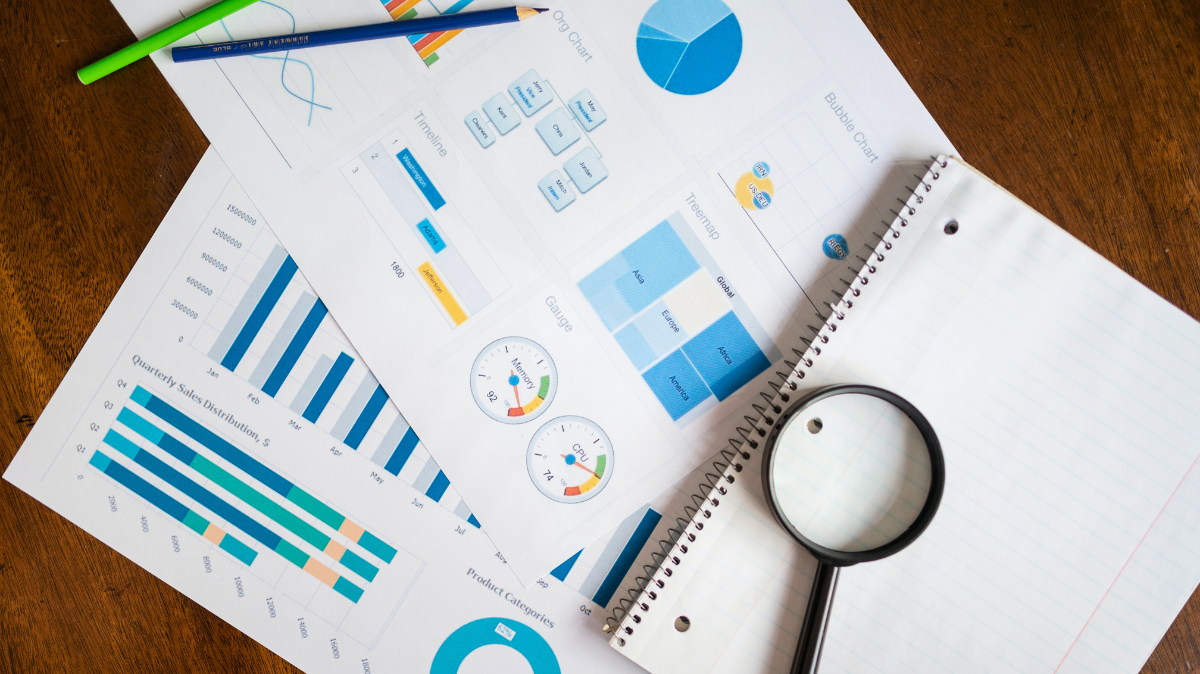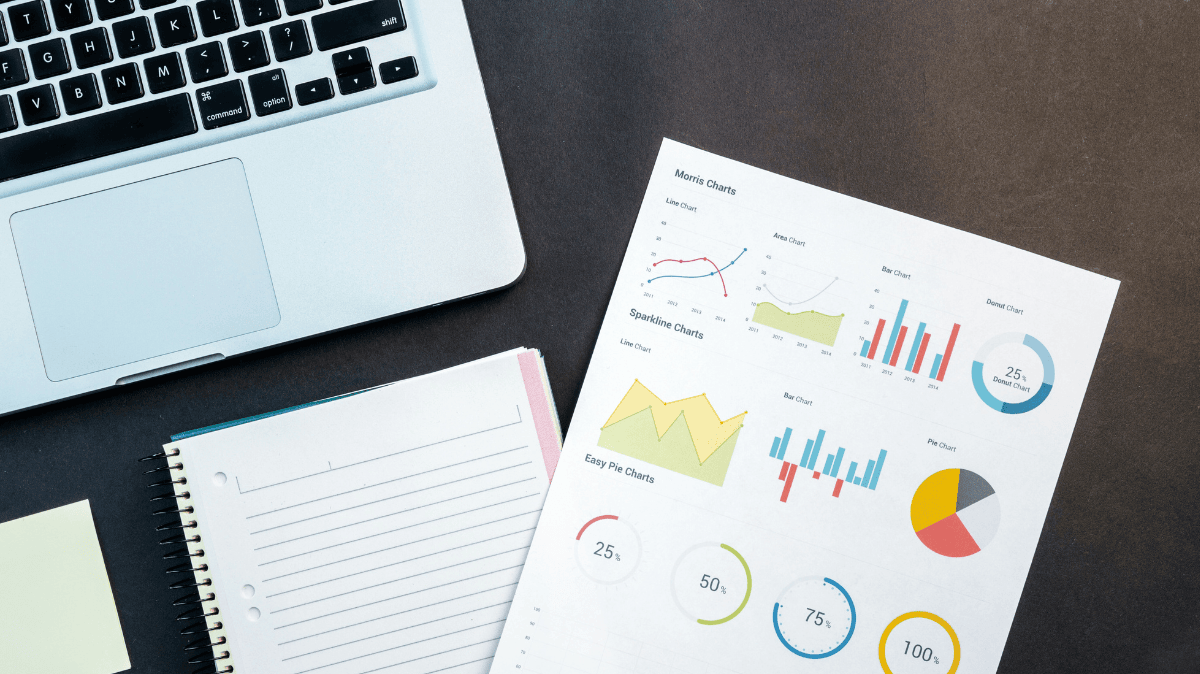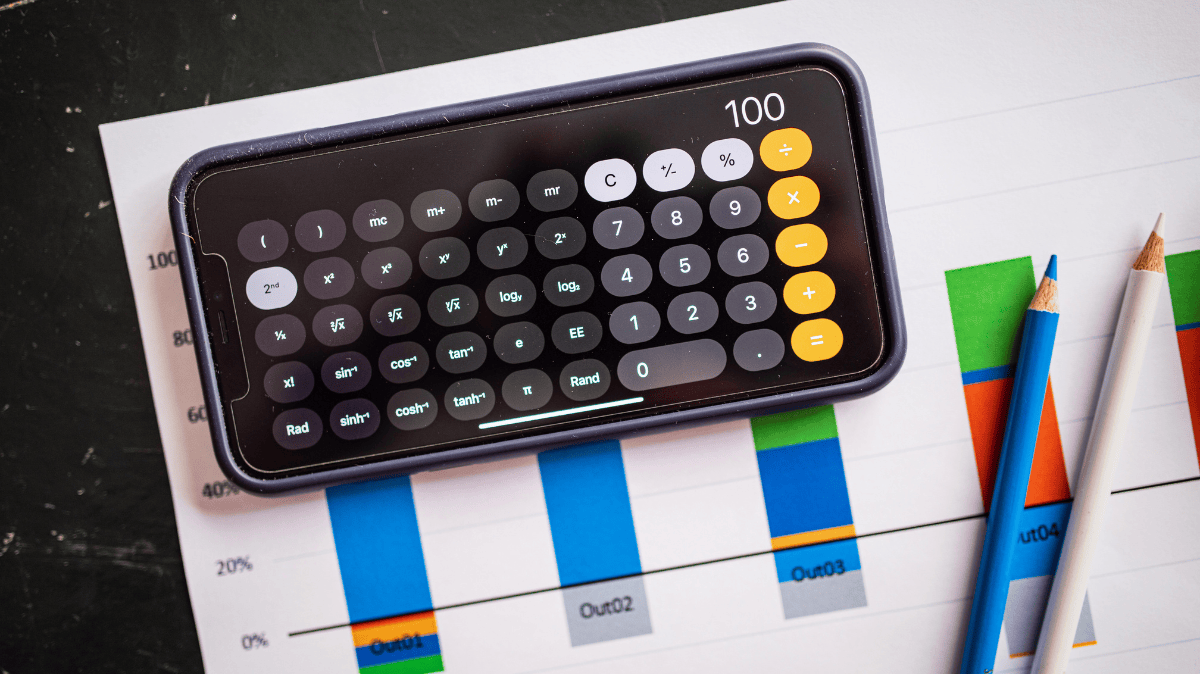CORE PRODUCT
Hotel Reporting: How to Boost Your Property’s Performance
November 28, 2023 Layla. M
Home > Hotels, Marketing, Reporting, Technology, Tips & Tricks > Hotel Reporting: How to Boost Your Property’s Performance
Share this post

Hotel reporting is the key to improving your hotel’s performance. Hotel channel management tactics based on data result in informed and well-proven methods. While some hoteliers could feel intimidated by reporting, there’s no need to be! Hotel reporting can be simple, effective, and easy to understand – with the right tools.
In this blog, we’ll be exploring what hotel reports are, why you need them, and what the most important reports are. We’ll also be breaking down some of the hotel (consolidated) reporting features that RoomRaccoon offers. You’ll get the inside scoop on how you can boost your property’s performance with reporting features from a hotel management system.
Blog Quick Links
What Are Hotel Reports for Property Performance?
Hotel reports for property performance provide hoteliers with essential data and analytics on their operations. In this case, the reports would focus on performance metrics. This helps hoteliers make informed and strategic business choices.
Some standard performance metrics in the hospitality industry are:
- Occupancy rate: the percentage of rooms occupied within a specified time frame.
- Average Daily Rate (ADR): the average revenue per occupied room
- Revenue per available room (RevPAR): this metric combines the occupancy rate and average daily rates to assess financial performance.
- The average length of stay: the average measure of how long guests stay at your hotel
- Return on investment (ROI): a common performance metric across industries, ROI shows your hotel’s profitability.
While you may be familiar with the above metrics – this is just the start! Once you explore the possibilities of hotel reporting, you’ll have access to a wealth of insights. You’ll be empowered by new guest observations so that you can improve their experience at your hotel.
Why do you need reports in hotels?
Hotel reporting is a vital part of any hospitality management strategy. How your property performs affects your income and property reputation. Reports allow hoteliers to view how their property is performing and uncover the “why” behind it.
You can use reporting to find actionable insights to improve poor or mediocre performance. You can also see what aspects of your hotels are performing well and use those insights to action more of the same tactics.
The more insights you have into why occupancy has increased or why guest satisfaction may have dipped, the easier you can find a solution. The same applies to any performance that has taken a dip.
What are some of the important hotel reports?
Hotel reports will differ from property to property, as hoteliers’ goals may vary. However, there are specific non-negotiable performance metrics that every hotelier can use. Hotel reporting dashboards should always offer insight into occupancy, revenue, and the most popular booking channels.
Hotel comp set (competitor set) data reporting is also a great way to keep an eye on what your competitors are up to. And find out how to create better offers for your target audience. So what are some performance reports that can help boost your performance? Let’s jump in.
Hotel Performance Reporting
Your hotel reporting software may include the following reports. With RoomRaccoon’s reporting, you can view all of the following reports. And better yet? The hotel reporting format in our interface is entirely interactive. So you can explore the full spectrum of metrics with a simple mouse hover.
RoomRaccoon’s hotel reporting on guests is presented visually. So the type of reporting metric will correspond to a graph, pie chart, or diagram. This ensures that you can understand your hotel’s performance quickly. Specific data sets can be downloaded from the performance interface at the click of a button.
Another helpful feature we have is the data filtering capabilities. With RoomRaccoon’s reporting, you can filter all the data sets below. They can be filtered by date of stay period, up to and including, and date periods can be compared against each other. This helps you to review performance across different time frames and even track your property’s growth.
10 Performance Reports in RoomRaccoon
- Most popular booking channels (doughnut chart)
- Occupancy rate (line graph)
- Bookers’ most popular locations (geographical heat map)
- Reservations per country (table)
- Reservation insight (text)
- Key figures – white rooms & grey spaces (text)
- Revenue from add-ons (row chart)
- Revenue per room type (table)
- Occupancy per room type (table)
- Booking engine conversions (summary)
Hotel Revenue Reporting
Revenue reporting is one of the best ways to track your business’s growth. It allows you to track the income you’ve made through bookings and the profitability of your property. It’s vital that your property management system’s hotel format for reporting revenue and expenses provides a detailed breakdown.
Because the more information you have on revenue management, the more insights you’ll have to work with. The new and improved RoomRaccoon revenue reporting provides detailed information on your hotel, to help you maximise your profits.
Revenue Summary Report
Some of the different metrics in our revenue summary dashboard are:
- Total rooms and rooms available for booking
- Room status (confirmed, provisional, overbooked, etc.)
- Occupancy percentage
- Net room revenue
- Net add-ons
- Net ADR
- Net RevPAR
As you can see, the summary offers an overview of data on revenue. These data points can help you identify your most profitable room types. Our dashboard also includes a summary of the above metric’s totals.
For example, you can see exactly how much revenue has been generated from add-ons during specific periods. Our newer reporting features provide comprehensive and granular revenue data for your convenience.
Revenue Source Report
The next tab in the revenue report is the sources section which reports on channel management. This is an excellent tool for insights into your distribution strategy. In this report, you’ll find a breakdown of which sources or channels your bookings originate from. You’ll likely see statistics from your connected Online Travel Agents like Booking.com or Expedia.
Here you’ll see the below metrics segmented by source:
- Number of bookings
- Percentage of total bookings
- Average daily rate
- Total net revenue
- Estimated commission
- Commission percentage
If you’re considering using channel management software, we have a great resource just for you. Our buyer’s guide on channel management software for hotels & hosts breaks down the best software solutions.
Detailed & Daily Revenue Reports
Often with larger properties, hoteliers offer services beyond their front desk. Detailed Revenue Reporting enables hoteliers to tag ledgers and add-ons to revenue groups that can assign items to specific streams.
This handy report makes it easier for hoteliers to understand the breakdown of their revenue and keep track of any suppliers they may need to settle up costs with. Learn how to set up detailed and daily revenue reports.
New Improvements: Grey Rooms & TRevPAR
We recently added the Grey Rooms* category to the Detailed and Daily Revenue Reports as a default revenue group! By distinguishing grey room revenue from other income sources, hoteliers can now better understand revenue origins and the profitability of active bookings.
*’Grey Rooms’ are a versatile solution for hotels, streamlining the management of various spaces, from parking to reservation waiting zones, to enhance guest experiences. The unique tracking of grey room revenue offers hoteliers valuable insights into profitability and revenue sources.
TRevPAR, or Total Revenue Per Available Room, is a vital metric for hotels to gauge their overall revenue performance. Unlike RevPAR, which looks only at room revenue, TRevPAR considers all sources of income (like food and beverage, spa, conference, and other revenue streams) relative to the total available rooms.
TRevPAR provides a more holistic view of a hotel’s financial success. By incorporating TRevPAR into our Detailed and Daily Revenue Reports, hoteliers gain a more comprehensive understanding of how effectively their hotel is utilising all its assets to generate revenue.
Year-on-Year Revenue Reports
Reports like Year-on-Year give hoteliers broader visibility to understand their revenue streams and improve their revenue management efforts. Year-on-year reporting is an extension of your detailed and daily revenue reports.
YoY displays data on the yearly metrics of your hotel’s total revenue by incorporating reservation-based revenue data into a table that compares the selected year’s revenue against the previous year. This report helps hoteliers analyse their hotel’s profitability retroactively and find tactics to improve ROI.
Actual VS Budget Revenue Reports
The Actual vs Budget Reports display comprehensive revenue data on your hotel. This report organises revenue by ‘revenue groups’ and total revenue, thereby enabling hoteliers to establish attainable budgets.
These reports are valuable tools for monitoring monthly performance against forecasted revenue targets, enabling hoteliers to assess their financial progress effectively. You can learn how to set up Actual vs. Budget reports here.
The Actual vs Budget report combines a report and a revenue tracker, where the hotelier can set budgets (like targets) and track their monthly “actual” revenue against their expected targeted budget.
Hotel Financial Reporting
Financial reporting for hotels has previously been one of those tasks that were relegated to pen and paper. The accounting “books” were literal books and mistakes were more common than uncommon. But this does not have to be true when you have an integrated hotel management system.
RoomRaccoon’s HMS has a dedicated Debtors report allowing you to view all of your invoices. You can view overdue and paid invoices with invoice numbers, dates, the amount due, and the corresponding bookers’ details. There’s also a simple search bar that also allows you to find any invoices with keywords.
The debtor’s information can also be exported as a CSV for Excel or Google Sheets. One of the best features in the debtors’ report is the ability to send reminder emails to the guest. This email can be personalized and is tailored to the debtor who owes your property.
A simple and quick way to gently remind guests to settle up, all with a few clicks. Need some inspiration? Check out our free hotel email templates to optimize guest communication to get started with guest emails.
How to Analyze Hotel Data
So with all of this information at your fingertips, what should you do with it? Analyze your results and use the insights to strategic action tactics. According to DealTale, these are their steps to extracting insights.
A Step-by-Step Guide: How to Extract Insights from Data
- Formulate a question and a clear idea of a result
- Gather, clean up, and store data
- Conduct strategic data analysis and uncover patterns
- Find the right model for predictive analytics and validate
- Make decisions and communicate results
Source: Dealtale
If you’re a RoomRaccoon user and you’d like some assistance in using reporting to level up your business, please contact your relevant market’s customer success manager.
Get Started With an HMS
Whether you need an HMS or you need a hotel KPI reporting system, RoomRaccoon has you covered. With the best of both worlds, you can have a fully integrated HMS that offers extensive reporting capabilities. Our software solution also has incredible features like automated upselling, digital ID scanner technology, and smart housekeeping.
Are you interested in boosting your hotel’s performance? Please book a demo with one of our hospitality management experts to learn more!
Follow us
Layla. M
A grammatical purist with a love for the written word, Layla is a Content Manager at RoomRaccoon, passionate about producing content that drives results. Her passion extends to everything Layla sets her mind to, such as spearheading social responsibility projects for the community and also exploring the beautiful city of Cape Town.
Related Posts
Subscribe to our newsletter for more on the latest hospitality & RoomRaccoon updates delivered straight to your inbox!
